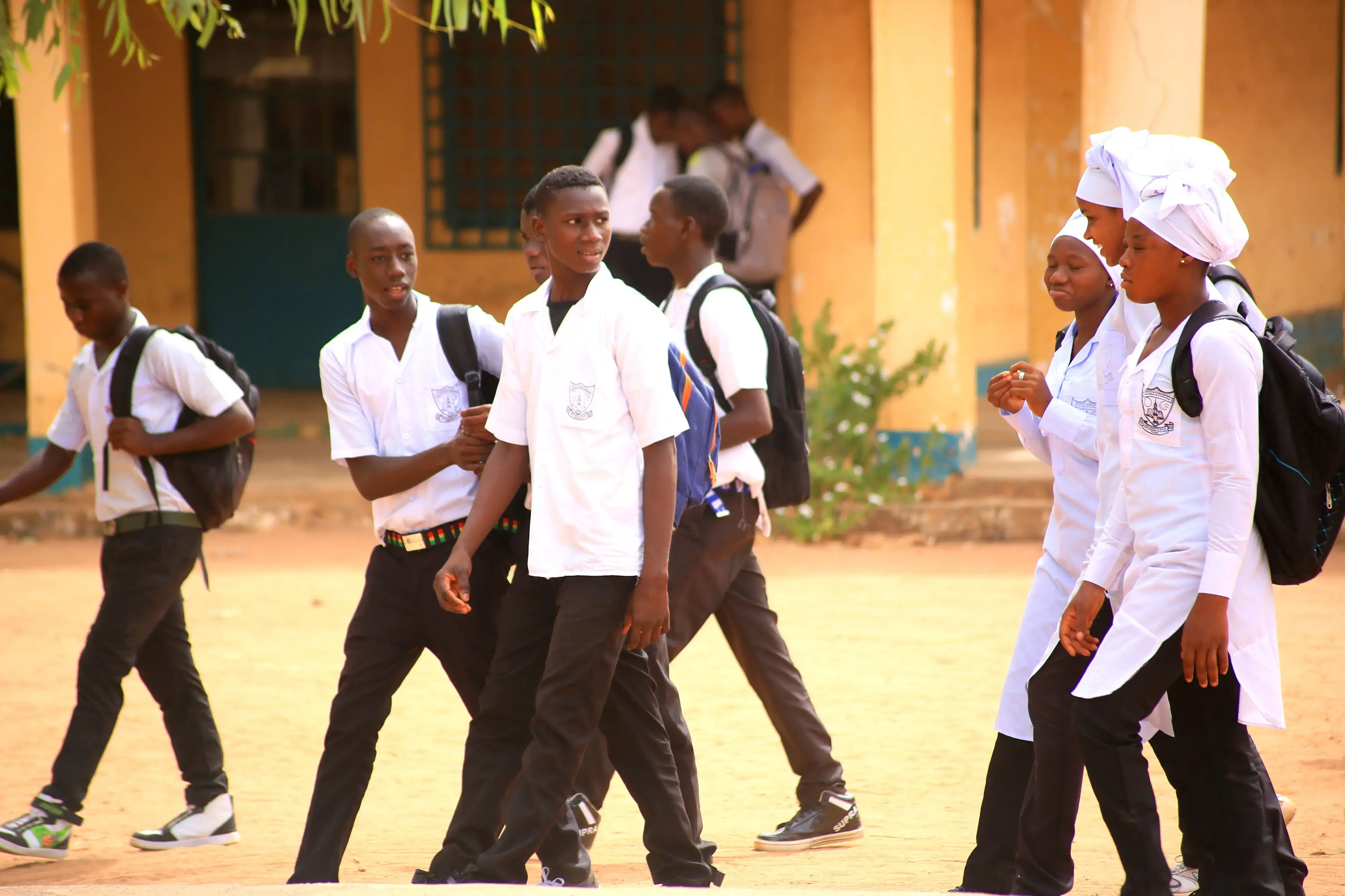Probably due to the combined effect of declining mortality and persistently high fertility levels, The Gambia has been experiencing a rapid increase in the population of young people for many years. According to the 2013 Population and Housing census results, 42.7% of the population is aged less than 15 years, 64% aged less than 24 years and only about 4% aged 65 years above. Young people aged 15-24 years represent 21.4 per cent and youth (13-30 years) represent 37.2 per cent. Between 2003 and 2013, the youth population increased from 489,666 to 690,836, representing an increase of 41.1 per cent or an annual growth rate of 3.4 per cent. It is expected that with the persistent high fertility rates, young people will continue to constitute the majority of the population for the foreseeable future.
The bulging young population of the country poses both social and development challenges to the country. Young people continue to be disproportionately affected by unemployment. The share of youth unemployment in total unemployment is about 70 per cent while the ratio of youth unemployment to adult unemployment is 2.3. This results in young people seeking alternative means of livelihood including irregular migration, indecent jobs which could expose them to vulnerabilities such as sex work and violent extremism.
Notwithstanding the negative ramifications of a bulging young population, the increase in the population of young people presents an opportunity for the country to reap the demographic dividend of a rapid increase in the working age population. This however, requires investment in relevant education and skills and protecting the sexual and reproductive health of young people. To harness the potentials of young people to contribute meaningfully to national development would therefore require timely investment in their capacity building and protecting their sexual and reproductive health.
The Government of The Gambia recognises the importance of investing in young people to harness the demographic dividend of a youthful population. In the National Development Plan (NDP, 2018-2021) the Government identifies the need for multiple and simultaneous intersecting investments, which includes lowering the dependency ratio through a demographic transition; improving health systems; building the human capital - education, skills, experience needed to succeed in a competitive global workplace; and implementing appropriate socio-economic and governance policies to harness the potentials of a young population. To harness the demographic dividend of the youthful population of the country, the NDP recommends a focus on adolescents and youth.


